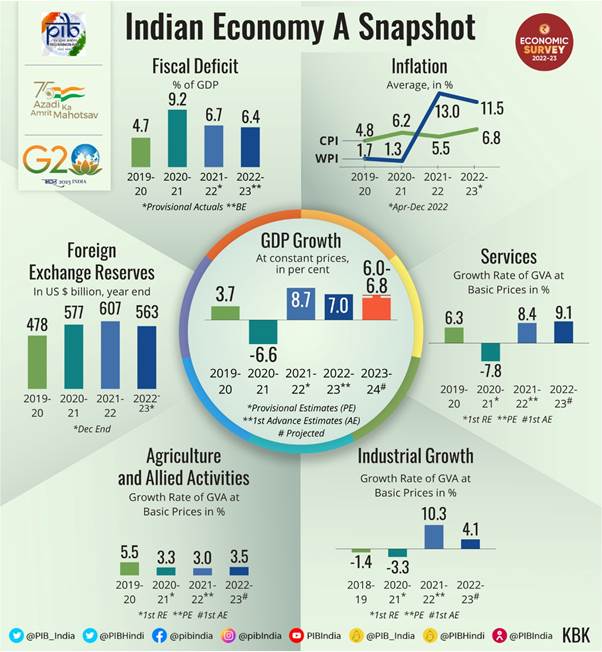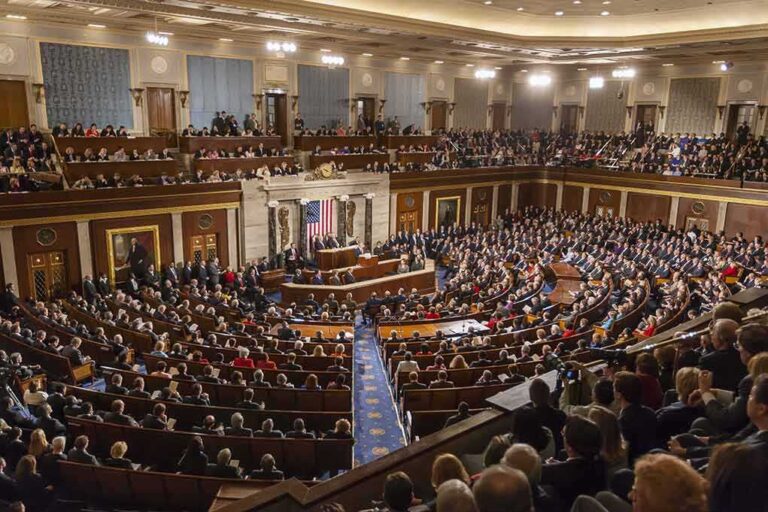
Unpacking Trump’s Economic Blueprint: 7 Key Strategies Driving American Growth
The economic landscape is constantly shifting, and understanding the strategies that shape it is crucial for any informed citizen. When we talk about Trump’s economic blueprint, we’re examining a set of policies designed with the stated goal of revitalizing American industry and fostering sustained growth. This isn’t just about headlines; it’s about the foundational elements that aim to impact your wallet, your job prospects, and the overall economic health of the nation.
Much like unpacking a life, as the popular puzzle game illustrates, understanding complex economic strategies requires a careful look at each component. Our aim here is to break down Trump’s economic blueprint into its core components, revealing the seven key strategies that proponents argue are driving American growth. By dissecting these strategies, we can gain a clearer perspective on their intended impact and how they aim to reshape the American economy for the better.
1. Tax Cuts and Jobs Act of 2017: Stimulating Investment
At the heart of Trump’s economic blueprint was the significant overhaul of the U.S. tax code. The Tax Cuts and Jobs Act of 2017 drastically lowered corporate tax rates from 35% to 21%.
- The Rationale: The core idea was to make American businesses more competitive globally, encouraging them to invest more domestically, create jobs, and increase wages. For individuals, the act also included tax reductions, aiming to boost consumer spending.
- Impact on Growth: Supporters argue this led to increased business investment and job creation, contributing to a period of sustained economic expansion prior to the pandemic. Critics, however, point to the impact on the national debt and question the extent to which benefits trickled down to the average worker.
2. Deregulation: Reducing the Burden on Businesses
Another cornerstone of Trump’s economic strategy was a broad push to roll back federal regulations across various sectors. This included environmental, financial, and industry-specific rules.
- The Goal: The objective was to ease the compliance burden on businesses, freeing up capital and resources that could then be reinvested in growth, innovation, and expansion.
- Driving American Growth: Proponents believe that by cutting red tape, businesses could operate more efficiently, leading to increased productivity and a more dynamic economy. However, concerns have been raised about potential negative impacts on environmental protection and consumer safety.
3. “America First” Trade Policy: Renegotiating Deals
A defining characteristic of Trump’s economic blueprint was its emphasis on “America First” trade policies. This translated into renegotiating existing trade agreements and imposing tariffs on goods from countries like China.
- Key Agreements: Notable examples include the renegotiation of NAFTA into the USMCA (United States-Mexico-Canada Agreement).
- Aims for Growth: The strategy aimed to protect American industries and jobs by making foreign goods more expensive, thereby encouraging domestic production and reducing trade deficits. This approach sought to create a more level playing field for American workers and businesses.
4. Rebuilding the Military and Infrastructure: Investment in National Strength
Trump’s economic plan also highlighted significant investments in national defense and infrastructure.
- Military Modernization: A substantial increase in defense spending was enacted, with the goal of modernizing the U.S. military and ensuring national security.
- Infrastructure Investment: While large-scale infrastructure projects faced challenges, the administration prioritized upgrading roads, bridges, and other critical infrastructure, aiming to boost economic efficiency and create jobs.
5. Energy Independence: Unleashing Domestic Resources
Trump’s economic blueprint championed an agenda of energy independence, focusing on the expansion of domestic oil, gas, and coal production.
- Policies in Action: This involved easing regulations on drilling and extraction, and promoting the development of fossil fuel industries.
- Economic Impact: The aim was to lower energy costs for consumers and businesses, reduce reliance on foreign energy sources, and create jobs in the energy sector. This strategy was seen as a way to bolster American manufacturing and competitiveness.
6. Job Creation and Workforce Development: Empowering American Workers
A central promise of Trump’s economic agenda was the creation of well-paying jobs for American workers. Beyond tax cuts, this involved initiatives focused on skills training and apprenticeship programs.
- Focus Areas: Efforts were made to connect workers with the skills needed for in-demand industries, aiming to reduce unemployment and underemployment.
- Strengthening the Economy: By equipping the workforce with relevant skills, the strategy aimed to increase productivity and foster a more robust and adaptable labor market.
7. Promoting Small Business Growth: The Backbone of the Economy
Recognizing the vital role of small businesses in job creation and economic dynamism, Trump’s economic blueprint included measures to support these enterprises.
- Support Mechanisms: This included efforts to reduce regulatory burdens and make it easier for small businesses to access capital and grow.
- Economic Catalysts: The belief was that empowering small businesses would lead to more innovation, greater competition, and a broader distribution of economic opportunity.
Conclusion: A Blueprint for Growth
Unpacking Trump’s economic blueprint reveals a multi-faceted approach to driving American growth. From tax reform and deregulation to trade renegotiations and investments in infrastructure and workforce development, these seven key strategies were designed to reshape the economic landscape. While the long-term impacts continue to be debated and analyzed, understanding these core tenets provides valuable insight into the economic philosophy and policy priorities that defined an era. As the economy evolves, so too will the assessment of these strategies and their lasting influence on your financial future.

Additional Information
It seems there might be a slight misunderstanding. The search results provided are all about a popular video game called “Unpacking,” which is a narrative-driven puzzle game about unpacking belongings and decorating spaces. This game is critically acclaimed and known for its relaxing gameplay and storytelling through objects, as highlighted by its BAFTA award wins and descriptions on platforms like Softonic and the App Store.
However, your request asks for detailed information and analysis about “Unpacking Trump’s Economic Blueprint: 7 Key Strategies Driving American Growth.” This is a political and economic topic, entirely separate from the video game.
To provide you with the most accurate and helpful information, I need clarification.
Are you interested in:
- Analyzing the video game “Unpacking” in more detail, perhaps its narrative elements, gameplay mechanics, or critical reception? (Using the provided search results.)
- Or are you interested in analyzing a hypothetical or actual economic blueprint or set of policies attributed to Donald Trump, focusing on strategies he proposed for American economic growth? (In this case, the video game search results are not relevant.)
Once you clarify which topic you’d like me to address, I can provide a detailed and accurate response.
If you are indeed interested in Donald Trump’s economic policies, please provide me with the source or context you’re referring to regarding “7 Key Strategies.” Without that specific information, I can only offer a general overview of commonly discussed aspects of his economic platform during his presidency and campaigns.
I look forward to your clarification!






Leave a Reply